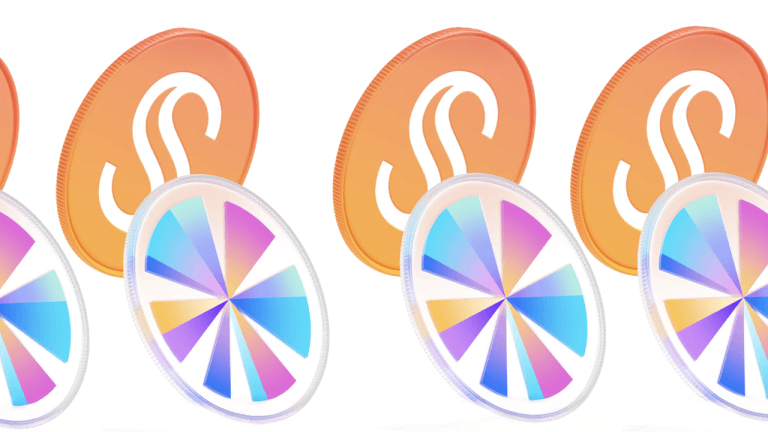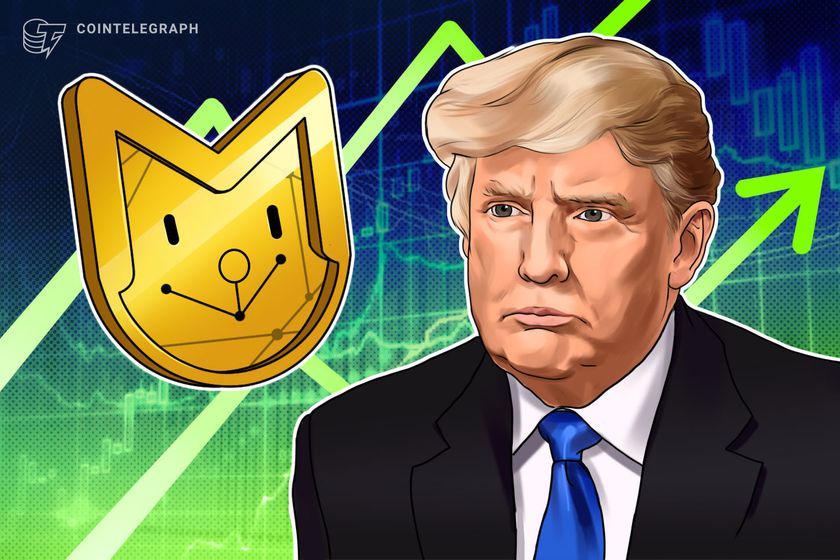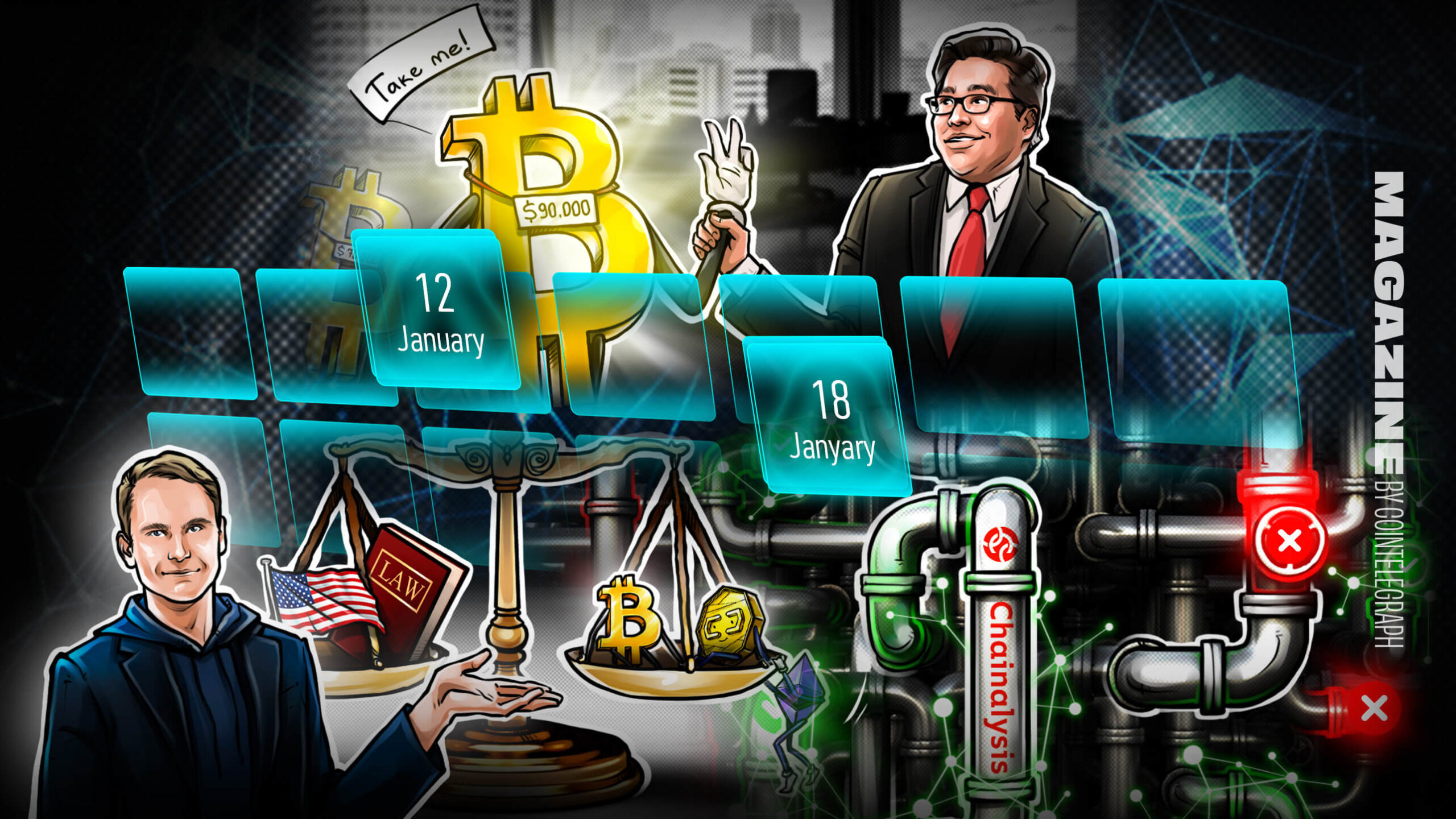Payment Tokenization and All You Need To Know About It
One of the buzzwords in the blockchain world you are probably constantly hearing about yet are uncertain on what it means is ‘tokenization.’ As new mobile payment apps are being developed, and our number of payment options is getting bigger and bigger, tokenization is a key element in all of these conversations.
Simply put, tokenization adds an additional level of security to sensitive credit card data. But before we go into all the details of tokenization payments, let’s take a look at the definition of tokenization to better understand everything it entails.
Definition of tokenization
Tokenization is a process of protecting any kind of sensitive data by replacing that data with an algorithmically generated number.
Quite often, tokenization is utilized to prevent credit card fraud. With credit card tokenization, randomly generated numbers will replace the customer’s primary account number (PAN). These randomly generated numbers are called ‘tokens.’
They can be passed through the internet or numerous wireless networks required for the payment process without exposing actual bank details. This way, the actual bank account number stays safe in a secure token vault.
When it comes to the process of tokenization, its objective is to prevent all the bad guys from duplicating a user’s bank information onto another card. Unlike chip cards, which protect against fraud with physical payments, tokenization’s goal is to fight online or digital breaches.
Just by doing basic research, you’ll probably come across a security token offering (STO), a type of public offering where tokenized digital securities are being sold in cryptocurrency or security token exchanges. Since tokens are classified as securities, security token offerings are more susceptible to regulation and are a more secure investment option than initial coin offerings.
Tokenization versus encryption
Sensitive cardholder detail is replaced with a stand-in token, thanks to tokenization. This will help secure the person’s bank account details in credit card and also e-commerce transactions.
When compared to end-to-end encryption, also known as ‘data field encryption,’ will encrypt cardholder data at the origin and decrypt it at the end. The most known example of end-to-end encryption is VPNs.
However, both of these processes are utilized to reduce the scope of PCI compliance by decreasing the number of systems that have access to a person’s credit card information.
As much as both end-to-end encryption and tokenization have their value in payment technology, tokenization is growing rapidly and being recognized as a cost-effective, secure solution that protects customer card information and reduces the scope of PCI compliance.
A few examples of tokenization
After understanding how the tokenization process works, it’s vital to also understand how it’s being applied in the payments industry.
Firstly, it’s being used when companies are keeping your card on file for subscription billing and recurring payments. Secondly, it’s being used on e-commerce sites that offer consistent, returning customers ‘one-click’ checkouts. Lastly, it’s being used within NFC mobile wallets, with Apple Pay and Android Pay being the most popular ones.
So, for instance, if you were to take a picture of your credit card and load it into your iPhone, Apple will send the details to the bank that issues the card, replacing your card details with a token.
That randomly generated number is then sent back to Apple to program it into the phone. This protects the customer from being exposed to fraudsters as they cannot extract that number into anything valuable.
When it comes to tokenization within apps, let’s say you want to buy something from an app you use on your phone. If your phone contains a token, an app will not be able to access your credit card details.
Conclusion
As much as tokenization is a complex topic to discuss, it’s incredibly useful to know at least the basics about it. Considering it’s an exciting evolution that prides itself on being one of the most secure methods for payment, it’s logical to assume that tokenization will only become more and more important in our lives with time.
If you’re currently looking for asset tokenization companies, you’ll notice there are plenty of examples already on the market. Whether you want to buy a share or interest in a company, real estate, artwork or something else, there’s a wide range of businesses working toward making the process easier.
If you’re curious to see how tokenization will evolve in the future, you should follow the work of these innovators.
This content is sponsored and should be regarded as promotional material. Opinions and statements expressed herein are those of the author and do not reflect the opinions of The Daily Hodl. The Daily Hodl is not a subsidiary of or owned by any ICOs, blockchain startups or companies that advertise on our platform. Investors should do their due diligence before making any high-risk investments in any ICOs, blockchain startups or cryptocurrencies. Please be advised that your investments are at your own risk, and any losses you may incur are your responsibility.
Follow Us on Twitter Facebook Telegram
The post Payment Tokenization and All You Need To Know About It appeared first on The Daily Hodl.
Go to Source
Author: Sponsored








